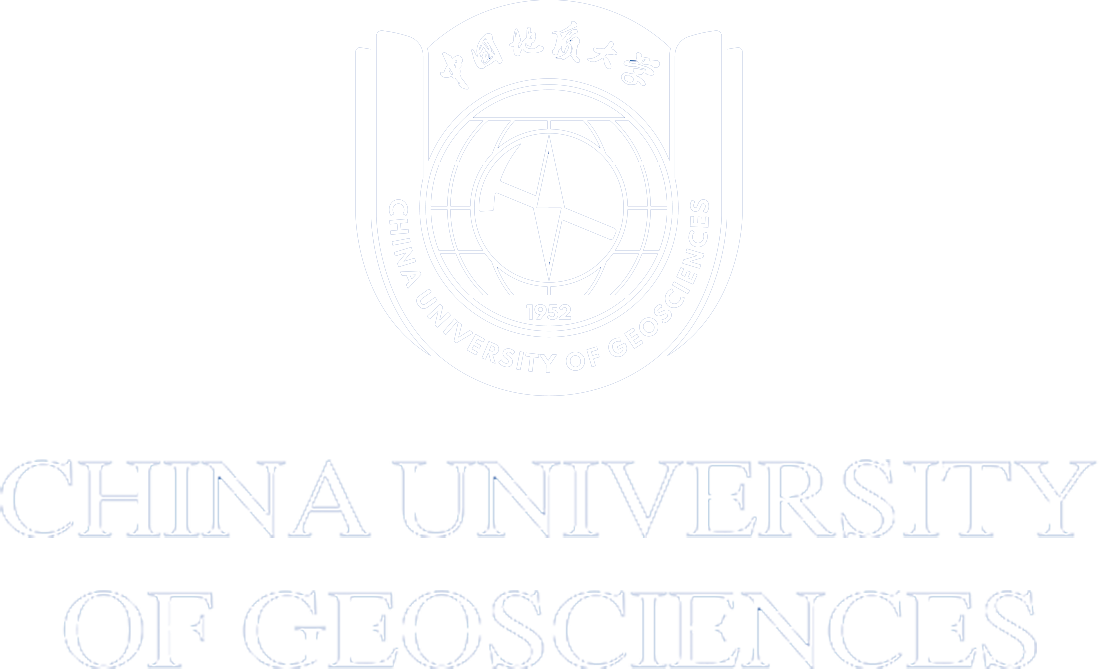As global demand of lithium (Li) increases, potential Li resources are investigated in karst bauxite sequences, which occurred extensively along the coasts of Tethyan oceans. Lithium concentration in bauxite sequences varies significantly, with controlling factors still unclear. Geochemical data statistics on the unsolidified precursor, the diagenetic, and the reworked bauxites indicate that Li is only slightly enriched in exposed and weathering environments due to leaching, yet becomes predominantly concentrated during syndiagenesis in overlying claystones with intermediate Al2O3/SiO2 ratios. The following detailed mineralogic-geochemical investigation was conducted on two representative karst bauxite sections in the Youjiang Basin (SW China) for comparative analysis. It shows that Li enrichment in the overlying claystones was primarily attributed to evaporative concentration within a restricted or lagoonal basin, evidenced by uniform δ7Li values (1.95‰?2.71‰) similar to global marine sediments, evaporite mineral phases, and elevated B contents and B/Ga ratios, whereas relative depletion of Li was probably ascribed to later apportioning via hydrothermal fluids indicated by the occurrence of metamorphic paragonite and uniform δ7Li values (7.56‰?8.71‰) typical of hydrothermal signatures. We quantitatively simulated the hydrothermal alteration, invoking the dual processes of leaching and re-precipitation to fit our data and observations. This study reveals significant Li enrichment in karst bauxitic sequences involves its initial release from felsic source materials by weathering followed by enrichment in clay-rich sediments via interaction with concentrated brine in evaporative basins during syndiagenesis, which aligns with the Li enrichment processes in most continental brine and volcanic-sedimentary Li deposits. Additionally, hydrothermal alteration that post-dates sedimentary and diagenesis processes reapportions Li, leading to local depletion in rocks but enrichment in fluids, which explains emerging deposit types such as geothermal waters and oilfield brines. These insights help refine exploration strategies, enabling more effective identification and evaluation of Li resources to support sustainable development amid rising global demand.
Article link: https://doi.org/10.1130/B38179.1




 Address
Address
 E-Mail
E-Mail
 Telephone
Telephone